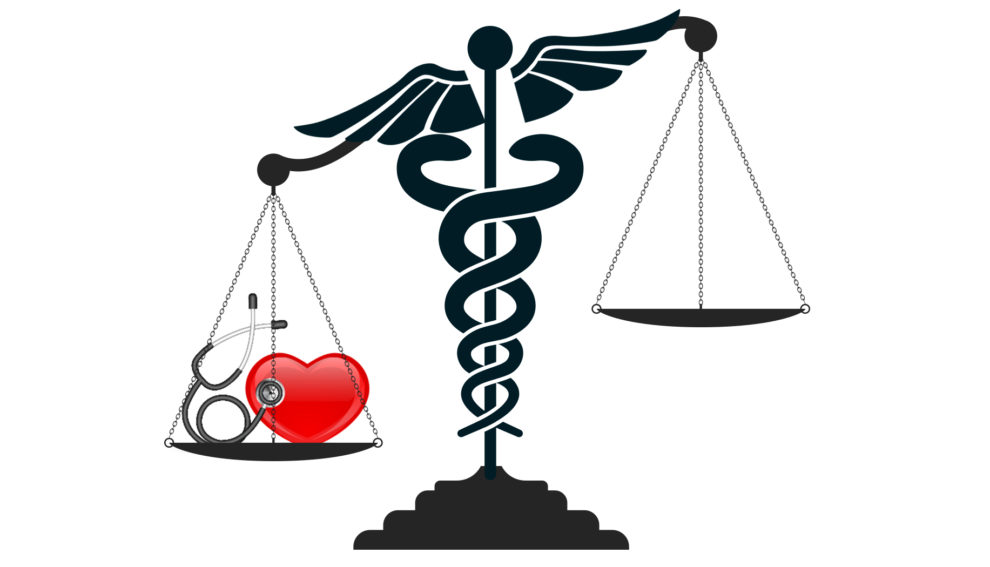As physicians diagnose and treat patients for injuries and illnesses, researchers and activists attempt to make hospitals and clinics into more equitable places. Racial disparity is a complex, deeply rooted issue, shaped by geographic, cultural, and sociopolitical factors that have been embedded in the healthcare system for centuries. Numerous studies, such as lead author Brandon E. Turner’s report on “Race/ethnicity Reporting and and Representation in US Clinical Trials: A Cohort Study,” found that minority recruitment in clinical trials is poor and not representative of the US’s diverse population. Additionally, disproportionate representation and inequitable treatment of people of color have led to adverse health outcomes and a deterioration in their medical care quality. These issues are not exclusive to one specific group but are reflected in many underrepresented populations such as Asian Americans, Black or African Americans, Hispanics or Latinos, Native Hawaiians, other Pacific Islanders, Native Americans, and Alaska Natives.
Medical practitioners can sometimes engage in unintentional discrimination due to implicit bias. Implicit bias is an automatic and unintentional form of prejudice that results in a tendency to make associations or assume qualities of people based on observed characteristics. In Chloë FitzGerald and Samia Hurst’s report titled “Implicit Bias in Healthcare Professionals: A Systematic Review,” they found that a healthcare professional’s personal biases influence the diagnosis, treatment, and quality of care of patients, which can negatively impact individuals with historically disadvantaged backgrounds.
Implicit biases have uniquely impacted patient pain management and medication prescriptions, especially with Black patients experiencing worse pain outcomes as a product of this discrimination. For example, Kelly M. Hoffman’s study on racial bias in pain assessment reported that physicians have falsely associated Black patients with greater pain tolerance and thicker skin than White patients, which have led to inappropriate treatments of chronic pain in Black patients.
Other racial inequities can result in people of color receiving improper treatment for preventable illnesses and lead to a sooner death or greater suffering. For example, cardiovascular disease is the leading cause of death in the United States and a CDC study estimated that there was a 32% mortality difference between Black and White men and a 43% difference between Black and White women in 2009. Additionally, compared with White Americans, Black Americans have a higher proportion of COVID-19 deaths.
Manifestations of racism are present in all forms of healthcare, and it is both the responsibility of professionals and the public to combat inequity and create a more inclusive environment. Alone, no single individual has the power to “solve” racial inequity. However, as a community, we can educate ourselves on racial discrimination in our healthcare system and advocate for solutions that gradually relieve its harmful effects through standardization and conscious efforts.







